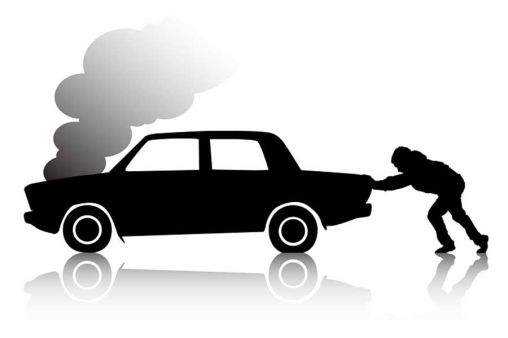Caring For Your Car’s Cooling System
Posted by admin at 8 April 2015, at 10 : 56 AM

If you have ever seen a car overheat, you will understand why your car’s cooling system is so vital. The cooling system normally runs very efficiently and normally, only requires an occasional checking for leaks or for adding a coolant. You want to make sure the amount of coolant is correct and the proportion of coolant is what it should be, normally 50%.
It is advisable to replace the coolant each year because of rust. And its anti-corrosion makeup can diminish over time, but make sure when you do this, the car’s engine is cool. It is important that you check for leaks. If you see a puddle under your car – investigate. Look for small holes in the radiator and for leaking hoses.
The liquid circulating through the engine’s cylinders gets very hot, and returns through a hose to the radiator to cool off. When the fuel and air in the engine combust, it can reach a temperature of 4500 degrees, which would melt your engine in a heartbeat. The water travels through the engine via a mechanical water pump. The air through the cooling fins or grill in the radiator cool the water as it travels through, and exits through a hose usually at the base.
The liquid cooling system in cars is the most prevalent, but there are some autos which are air cooled, usually older ones, and motorcycles are air cooled.
An efficient cooling system keeps the engine at a constant temperature regardless of the weather outside. A fan keeps the engine cool when the car isn’t driving down the road. A thermostat controls the coolant’s temperature, and does not allow the liquid into the radiator if it doesn’t meet a certain present temperature. Contrary to some opinions, the thermostat should never been removed in order to prevent overheating as doing this can cause the engine to run even hotter.
Steam appearing under the hood can be traced to a stuck thermostat. It can also be caused by a hose leak, water pump problems, a fan not operating properly, or coolant which is frozen in the hoses.
It is advisable to clean the outside of the radiator occasionally. Remove all leaves and debris by hand but be sure not to damage the cooling fins. Then take a garden hose at low pressure and wash both sides of the radiator if space allows it. Also, check if the metal in the fins has not corroded.
Have a technician to repair a large leak, but normally a small leak can be contained by adding a sealant purchased at an auto parts store.
If when checking the coolant you see that it is brown or looks as if it has exceeded its life span, have the radiator reverse flushed. The thermostat must be removed to do this, and should be replaced by a new one after the flushing. Even if you find your car is not losing water, you should flush the system and replenish the coolant every year.
